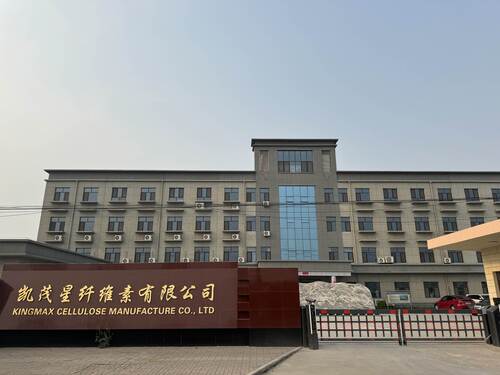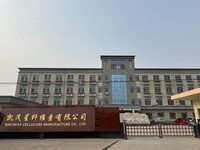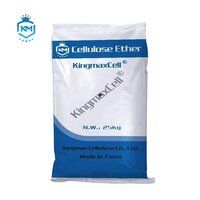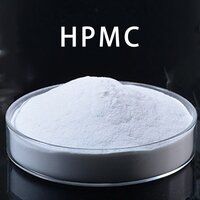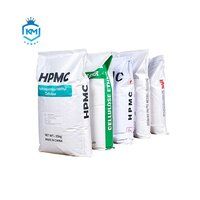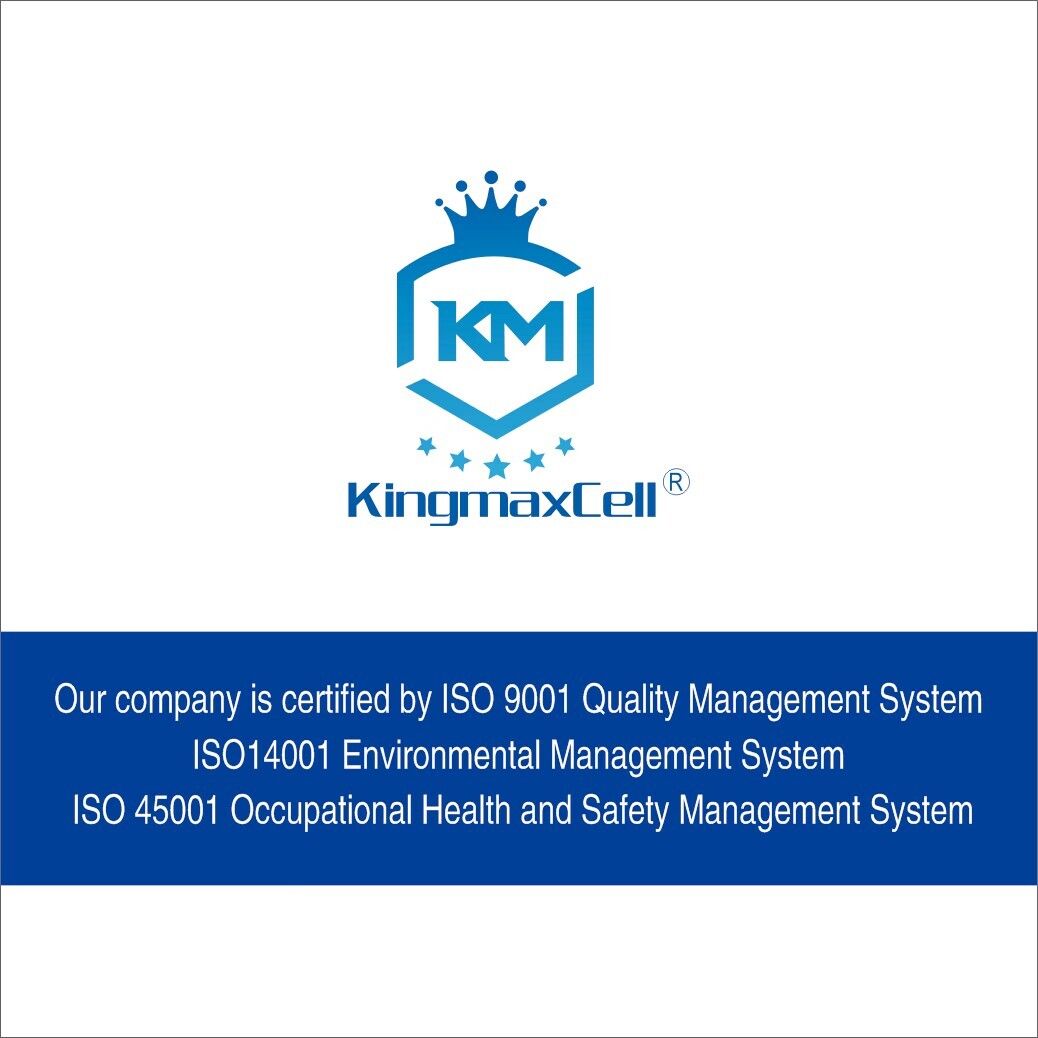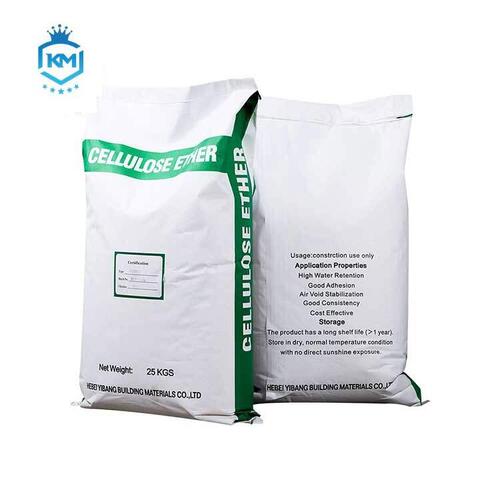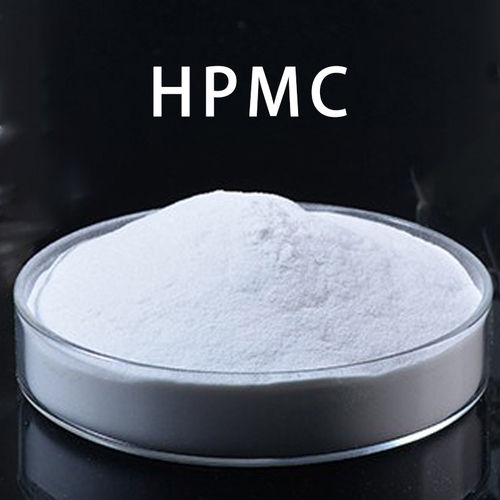Building Material HPMC Hydroxypropyl Methyl Cellulose HPMC for Polymer Cement
1300 USD ($)/Ton
Product Details:
- Storage Room Temperature
- Purity High
- CAS No 9004-65-3
- Poisonous NO
- Ph Level 4.0-8.0
- Product Type cellulose
- Physical Form Powder
- Click to View more
X
Building Material HPMC Hydroxypropyl Methyl Cellulose HPMC for Polymer Cement Price And Quantity
- 1300 USD ($)/Ton
- 1300.00 - 2800.00 USD ($)/Ton
- 1ton Ton
Building Material HPMC Hydroxypropyl Methyl Cellulose HPMC for Polymer Cement Product Specifications
- 9004-65-3
- Powder
- 4.0-8.0
- NO
- cellulose
- Room Temperature
- High
- Industrial
- 24 Months
- First Class
- Purified cotton
- 39123900
Building Material HPMC Hydroxypropyl Methyl Cellulose HPMC for Polymer Cement Trade Information
- Paypal Cash in Advance (CID) Telegraphic Transfer (T/T) Letter of Credit (L/C)
- 35000 Ton Per Month
- 10 Days
- All India
Product Description
Also known as hypromellose, is a versatile and widely-used non-ionic cellulose ether that is derived from natural polymers such as refined cotton or wood pulp through a series of chemical processes. HPMC is a methyl cellulose ether derivatives polymer and exists as an odorless, non-toxic, and tasteless white powder. It can dissolve in hot and cold water to form a transparent viscous solution which has a range of properties that make it highly desirable for use in a variety of applications. HPMC has excellent thickening, binding, dispersing, emulsifying, film-forming, suspending, adsorbing, gelling, surface-active, water retention, and protecting colloid properties. It is widely used in different industries such as construction, pharmaceuticals, food, PVC, ceramics, and personal/home care products. In the construction industry, HPMC is frequently utilized as a thickener for costing, tile adhesives, water-based paints, wall putty, thermal insulation costing series. In addition, it is employed as a pharmaceutical excipient and food ingredient, as well as in the production of PVC, ceramics, and detergents. Textiles, personal care products, and home care products also commonly contain HPMC as an ingredient.
FAQs of Building Material HPMC Hydroxypropyl Methyl Cellulose HPMC for Polymer Cement:
Q: Is HPMC Hydroxypropyl Methyl Cellulose suitable for industrial use?
A: Yes, it is suitable for industrial applications.Q: What is the shelf life of HPMC Hydroxypropyl Methyl Cellulose?
A: The shelf life is 24 months.Q: What is the physical form of HPMC Hydroxypropyl Methyl Cellulose?
A: It is in powder form.Q: Can HPMC Hydroxypropyl Methyl Cellulose be stored at room temperature?
A: Yes, it can be stored at room temperature.Q: Is HPMC Hydroxypropyl Methyl Cellulose poisonous?
A: No, it is not poisonous.Q: What is the purity level of HPMC Hydroxypropyl Methyl Cellulose?
A: It has high purity.Q: What are the main ingredients of HPMC Hydroxypropyl Methyl Cellulose?
A: The main ingredient is purified cotton.Enter Buying Requirement Details

 English
English Spanish
Spanish French
French German
German Italian
Italian Chinese (Simplified)
Chinese (Simplified) Japanese
Japanese Korean
Korean Arabic
Arabic Portuguese
Portuguese